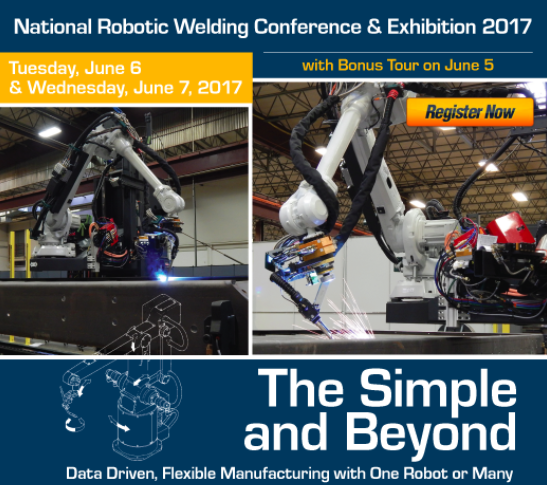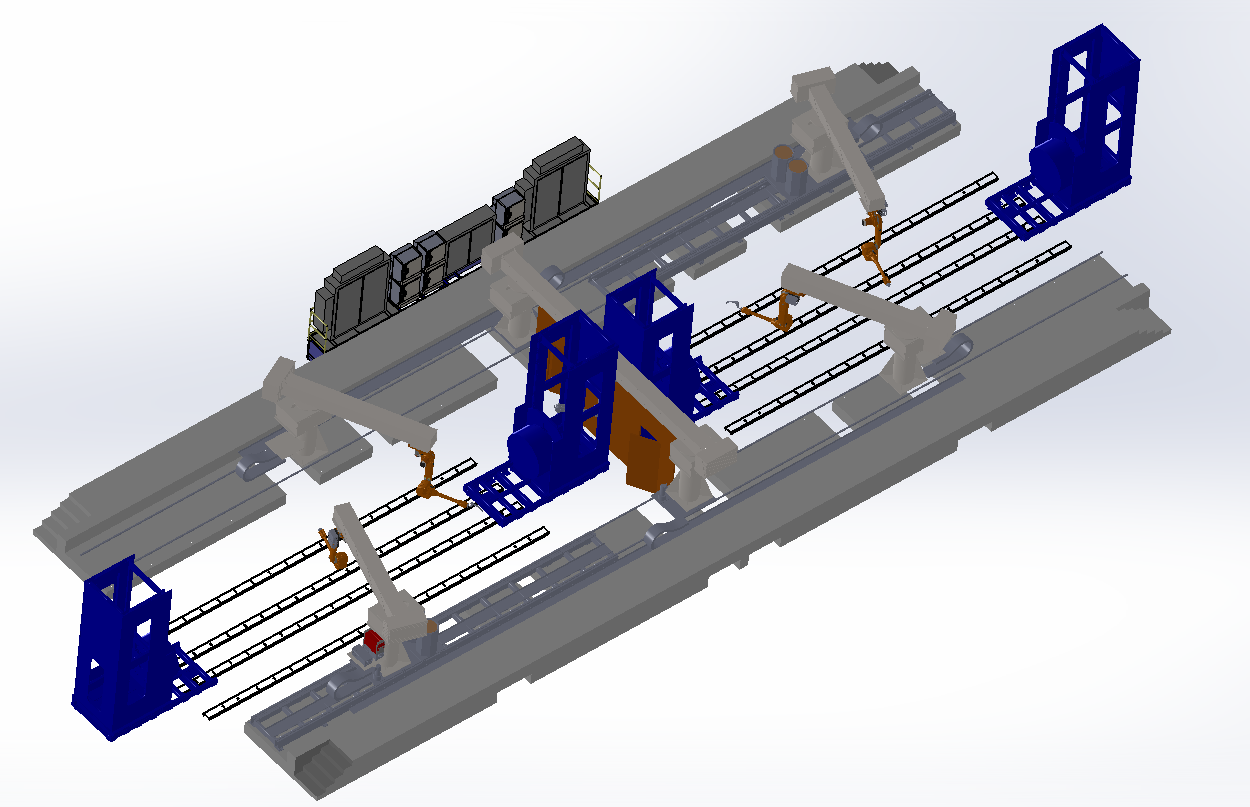Navus Fills Niche For Adaptive Multipass Welding
A crystal clear image from the HD camera during inspection shows 0 inclusions.
Here at Navus, multipass adaptive welding is one of our signature strengths. Having an adaptive process for welding allows us to create higher-quality joints on even the heaviest pieces. Our process has even been successful on joints with over 60 passes.
As Buck Barber, Navus’ General Manager explains:
“The team developed an algorithm that allows the system to adapt to changing joint parameters including width, position, and angle. In a sense, this allows us to hit a moving target. No one has put the technology together to do it quite this way.”
The resulting welding process is quicker, more consistent, and of higher quality.
What Is Multipass Welding?
As the name implies, multipass welding involves making multiple passes in order to weld a joint. However, this type of weld isn’t typically used for every joint you want to make. Instead, it’s reserved for when you have thick sections that need to be welded together.
It’s also useful for:
- Making repairs
- Build ups
- Surface hardfacing
Another important aspect to note is how often welds are made during this process. It’s usually best to let a weld cool after one pass before making another.
Click here to download our latest white paper on increasing your productivity with new weld technology!
Implementing Automated Multipass Robotic Welding
Multipass welding can be a time-consuming project, especially in heavy industries. Fortunately, automated processes can help cut down on time. As one of our major clients who use parts weighing as much as 30 tons discovered, our automated systems can cut down on time by around 60%.
For this client, we used six ABB IRB 4600 robots. With three positioned on each side of the workcell and mounted on 30-meter racks, the Fronius GP tandem system makes the final touch for extremely heavy parts.
We split the robots into two cells, working to perform tasks such as interpass:
- Cleaning
- Grinding
- Removal of impurities that could affect the quality
The system is capable of maneuvering 2-inch steel plates that need to flip four times to complete the welding. The welds must reach an interpass temperature of 200-300ºC, as well as be cleaned between each pass.
Our client provided information with their modeling software, allowing our engineers to program the parts offline using RobotStudio. This method is essential in order to achieve a project of this magnitude.
In the end, we were able to develop a system that cut our client’s manufacturing process from 28 weeks to eight. This is especially important since it involves creating one of their key components, which also drastically improves their output without any cost in quality.
Click here to read more about this project!
Adaptive robotic welding solutions like these are important for improving consistency and speed. Due to safety regulations, operators are given only a short period of time to work. If an operator has to switch every 15 minutes because of dangerous conditions, a wide gap is created where no value is being generated for the product. With robotics, these gaps are filled and arc-on time is maximized.
Strict ultrasonic testing requirements are needed since testing can’t be completed until the entire joint is finished. Any inclusion found in the root pass will result in the entire welding being ground out in order to be repaired. With automated multipass robotic welding, these occurrences are minimized while higher speeds allow the process to recover more quickly.
Navus — Providing Innovation in Automated Welding Since 1998
At Navus, we have years of experience with research and development as well as an on-staff weld inspector. This helps us to develop innovative solutions to solve the toughest challenges in welding. Whether you need to be able to weld in all positions, welds that stand up to the most rigorous testing, or both, we have the knowledge and experience to create a process for you.
Our solutions for multipass heavy deposition robotics include:
- A portable robotic work cell for multiple welds in multiple positions
- Robotic tool changes for single-torch welding, grinding, deburring, and cleaning
- Remote operating solutions for hazardous environments to prep joints, weld, clean, and inspect
- A T-beam welding robotic cell that reduces production time by nearly 70%
- A custom weld cell with six robots to weld and clean odd-shaped 30-ton parts
Are you interested in how Navus can help with your automated welding needs? Contact us today to learn more!
Multipass adaptive welding is one of our signature strengths here at Navus. We have developed an algorithm that allows the system to adapt to changing parameters including angle, width, and position. This allows us to create processes for heavy-industry clients using parts as heavy as 30 tons, cutting down on time by around 60%.
Navus Automation, Inc., is a leading full-service automation integrator. Our world-class team has a reputation for applying ingenuity to solve complex challenges and deliver customized turn-key systems solutions. From concept to completion, Navus provides robotic welding and automation systems built upon our unwavering commitment to excellence, precision, and reliability.






